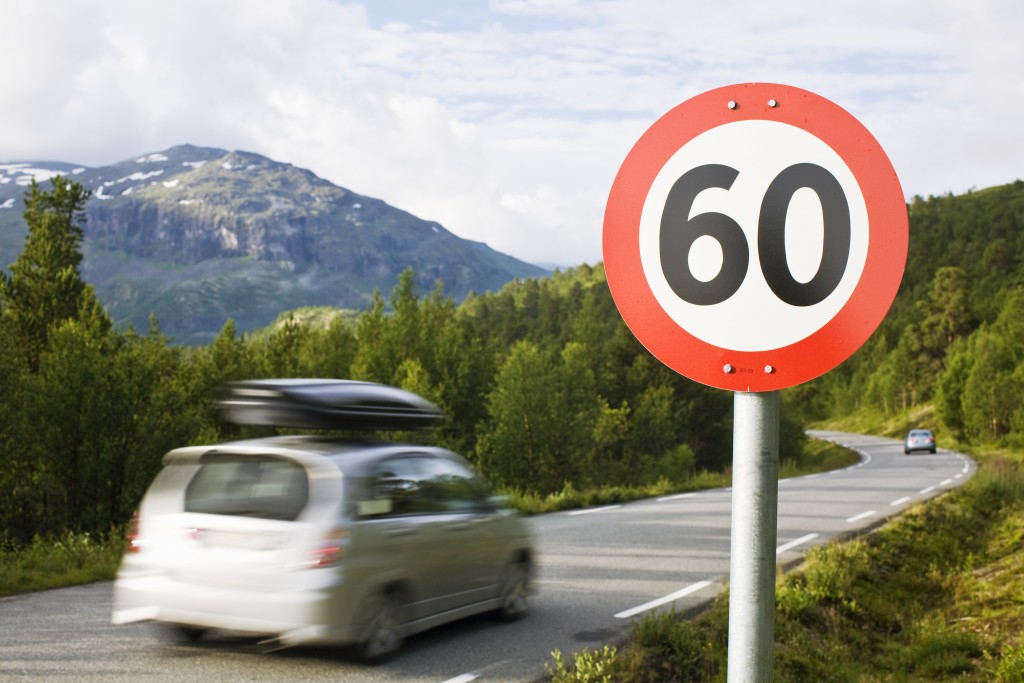The National Highway Traffic Safety Administration (NHTSA) of the U.S. Department of Transportation released its reports on Traffic Fatalities in 2020, its sub-categories, and an update on traffic safety during COVID-19. These reports covered vehicle occupants, motorcyclists, bikers, and pedestrians.
NHTSA data show that some 38,680 people died in vehicle crash accidents in 2020, a record high from 2007. It also represents an increase of 7.2 percent from the 36,096 fatalities from motor vehicle accidents in 2019. The increase is puzzling because there were far fewer vehicles on the road in 2020 than in the previous year as the pandemic restrictions kept most people at home. According to the Federal Highway Administration (FHWA), the total vehicle miles traveled (VMT) nationwide in 2020 was 430.2 billion miles lower, representing a 13.2-percent decrease from 2019. According to the NHTSA, behavior that caused the accidents included impaired driving under the influence of illegal substances or liquor, speeding, and not wearing seatbelts.
What, Where, When, and Why Accidents Happen
When broken into sub-categories, NHTSA data shows that fatalities from occupant ejection from a vehicle increased by 20 percent. Meanwhile, those from occupants not wearing seatbelts increased by 15 percent. In terms of location, those that occurred on urban interstates increased by 15 percent, those that occurred on urban local or collector roads increased by 12 percent, and those that occurred on rural local or collector roads increased by 11 percent. In terms of the time period, accidents that occurred at night increased by 11 percent, while those that occurred during the weekend increased by 9 percent. In addition, speeding-related crashes increased by 11 percent, rollover crashes increased by 9 percent, and single-vehicle crashes increased by 9 percent. Crashes with liquor involvement that was reported by the police increased by 9 percent.
Fewer Vehicles Enable More Speeding
American College of Emergency Physicians spokesman Dr. James Augustine told NBC News that having fewer cars on the road caused more vehicular accidents because it gave the drivers more leeway to drive faster. He noted that accidents from high speeds are devastating and more likely to cause fatalities. Another factor he mentioned was drivers distracted by their phones. This could also be true for pedestrians.
Drinking Increased in the Pandemic

An article in Boston University’s Bostonia alumni magazine cited a study in JAMA Network Open in September 2020 stating that liquor consumption increased by 14 percent from 2019. It also cited another survey stating that more than a fourth of American adults admitted binge drinking before the pandemic. Only a few weeks into lockdown, liquor sales already increased by 54 percent.
David Jernigan, professor of health law, policy, and management at Boston University’s School of Public Health, stated that drinking is a poor way of coping with stress, depression, and other psychological issues because it is a depressant. He noted that even moderate drinking brings on the risk of diseases like heart disease, high blood pressure, stroke, liver disease, and cancer, in addition to high risks of car crashes.
The increase in drinking behavior during the pandemic makes it unsurprising that vehicular accidents stemming from driving under the influence (DUI) increased. This is also why this is a serious charge, and anyone arrested needs an expert DUI lawyer. Consequences include the restriction or suspension of the driving license, jail time, and a fine. The amount of the fine and period in jail depends on the state and whether it is the first offense.
Driver Education
The NHSTA has web pages dedicated to risky road behavior and driver education to prevent these. They emphasize that liquor intake or the use of illegal substances impair driving abilities because there is reduced attention, concentration, visual function, perception, information processing capability, motor coordination, steering ability, speed control, braking ability, and response to emergency driving situations.
Some people get drowsy or even fall asleep while driving even if they did not drink or take illegal substances. They are simply fatigued and lack sleep. This is just as dangerous as the previous behaviors and can cause the same fatal accidents. Midnight to six in the morning and late afternoon are identified as the peak periods for sleepiness.
The NHSTA advises people not to drive when they lack sleep or are exhausted. Coffee or energy drinks are not enough to prevent brief losses of consciousness while driving. They must also check any prescription or over-the-counter medications that cause drowsiness and warn users not to drive after taking them. When caught by drowsiness while on the road, the NHSTA advises drivers to pull over at a safe, designated rest stop and take a short nap.
The NHSTA further warns drivers against getting distracted while driving and reminds them to always wear seatbelts and ensure that their passengers do so, as well.
Speeding is a form of aggressive driving, according to the NHSTA. It cautions other drivers to keep away from aggressive drivers and report them.
Stay Safe on the Road
The pandemic has already claimed too many lives. The rising number of vehicular accidents has also contributed to this. TO prevent getting into serious accidents, motorists must be careful on the road to not add to the country’s tragic toll.




